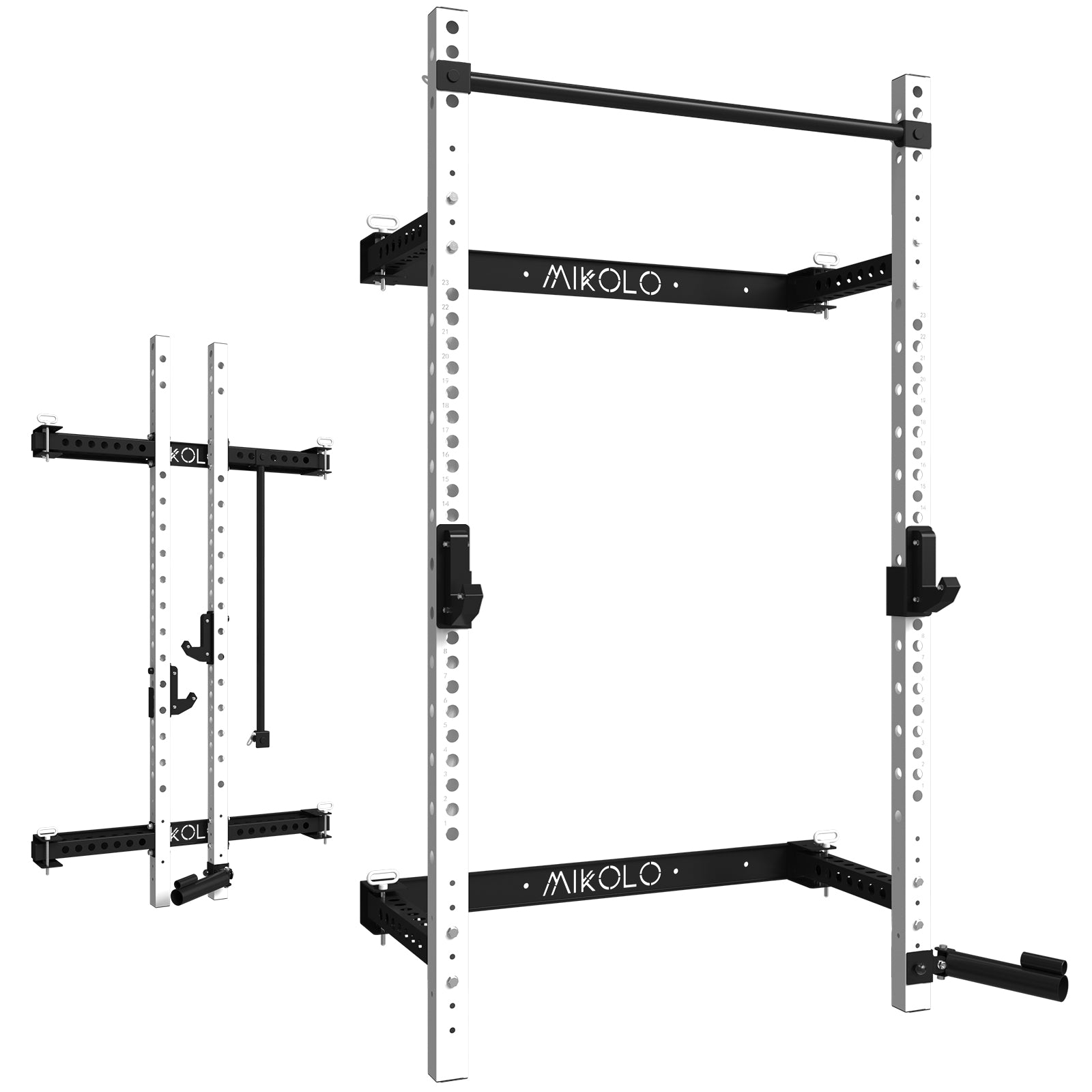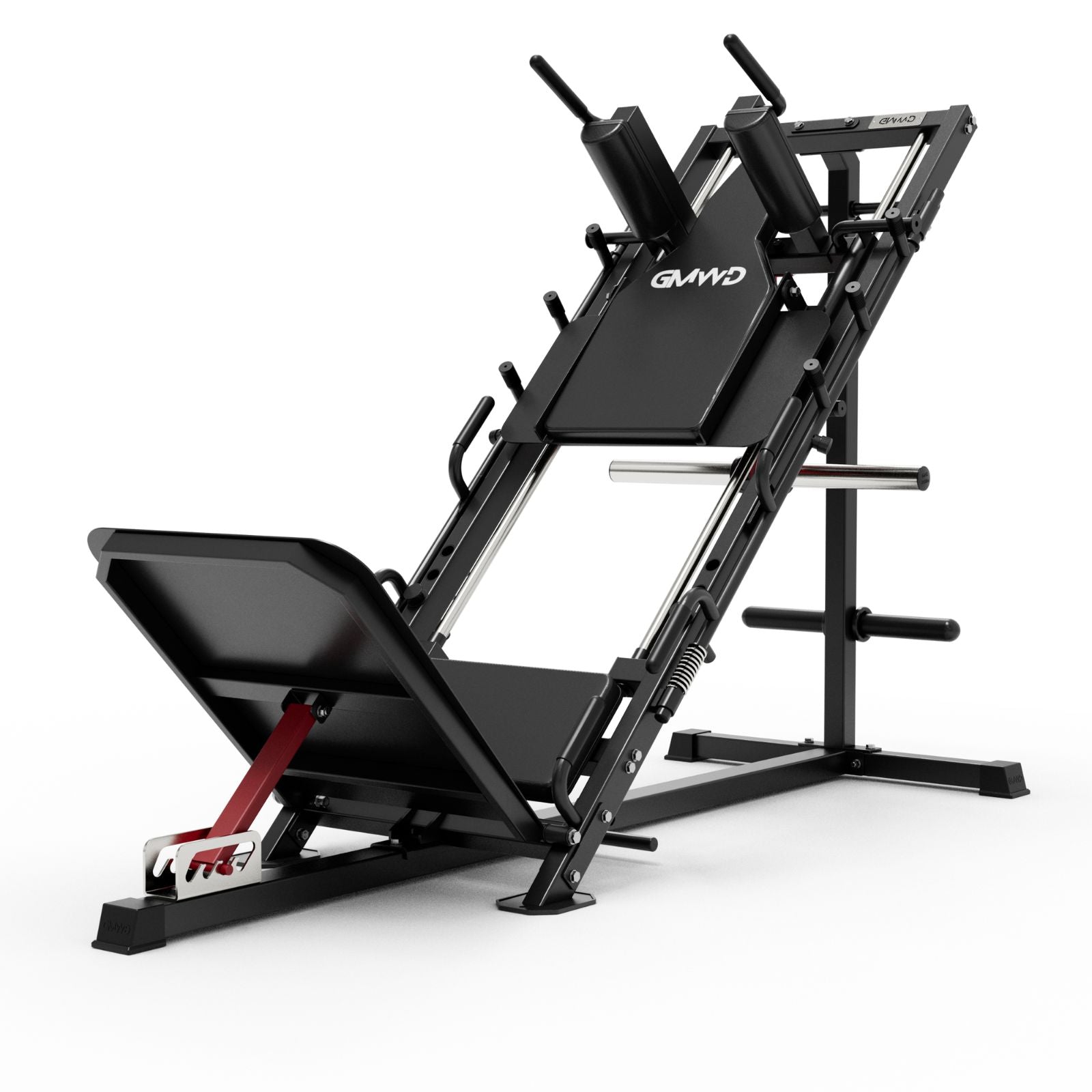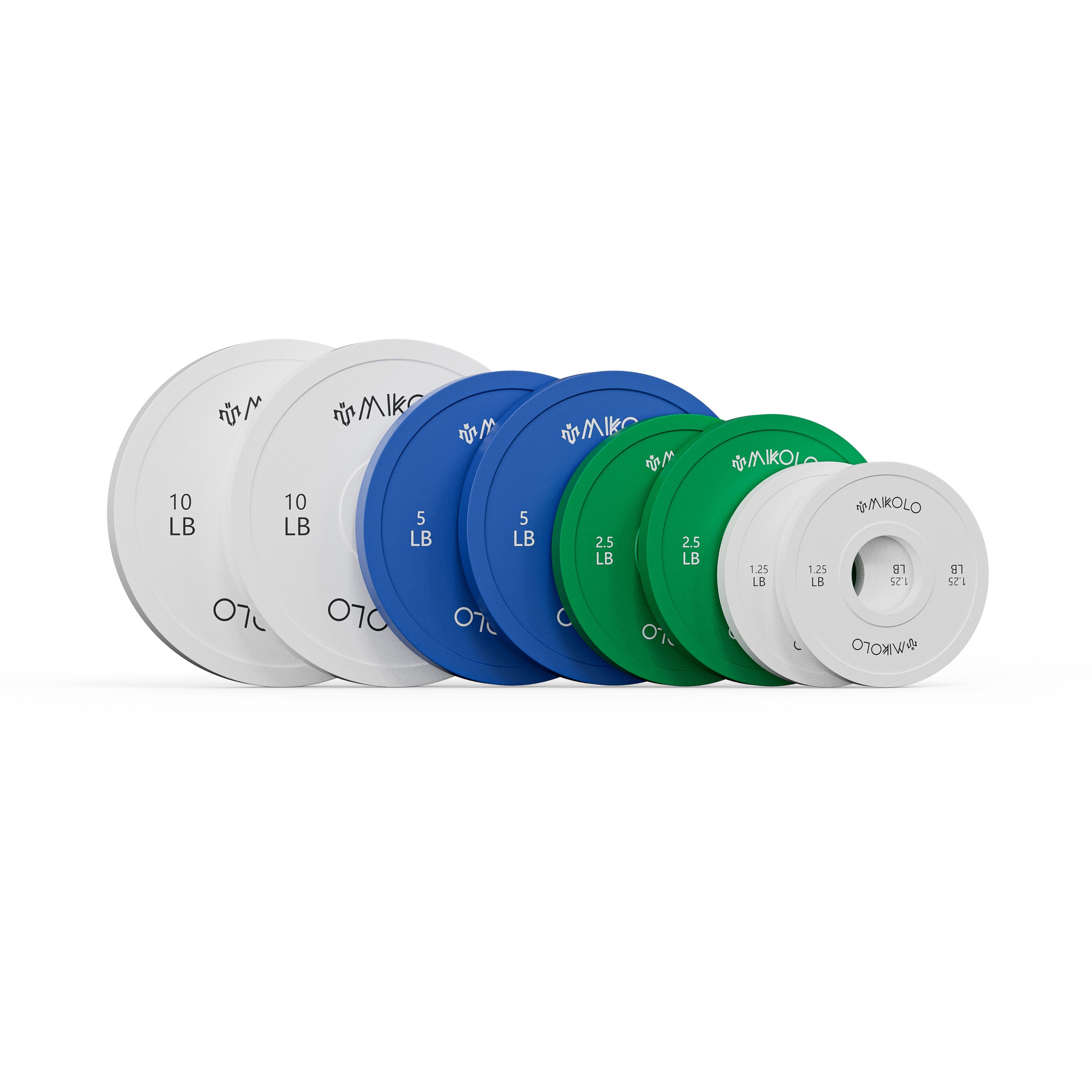In an age where digital screens dominate our workouts and gym equipment seems straight out of a sci-fi film, the vintage gym bench stands as a symbol of enduring strength and simplicity. With its old-school leather pads, sturdy steel frame, and no-frills functionality, the gym bench vintage enthusiasts admire isn’t just a nostalgic relic—it’s a reliable tool that’s stood the test of time.
What Is a Vintage Gym Bench?
A vintage gym bench is typically a flat or adjustable weight bench designed and built decades ago—often from the mid-20th century through the 1980s. These benches are known for their heavy-duty construction, minimalistic design, and durability. You’ll often find them with thick leather or vinyl upholstery, raw or chrome-coated steel frames, and riveted joints.
Unlike modern benches with plastic components or lightweight tubing, vintage benches were built to last generations. Many are still in use in classic iron gyms, passed down from one generation of lifters to the next.
Why Lifters Still Love Vintage Gym Benches
1. Built Like a Tank
Most vintage gym benches were over-engineered compared to today’s mass-produced models. The steel is often thicker, the padding firmer, and the stability unmatched. You can feel the difference under heavy loads—these benches don’t wobble or give out.
2. No Gimmicks, Just Functionality
Vintage benches often skip the unnecessary features. There’s no Bluetooth connectivity, no USB ports, no foam rollers attached for "versatility." Just a solid bench that gets the job done—flat, incline, or decline.
3. Aesthetic Charm
The retro look of a gym bench vintage collectors seek out adds personality to any home gym or commercial setup. The aged leather, industrial welds, and patina from years of sweat and iron create a look that’s hard to replicate.
4. Proven Performance Over Time
When something performs well for decades, it’s worth paying attention. Vintage gym benches have supported the workouts of countless bodybuilders, athletes, and garage lifters. They’re still here for a reason.
How to Identify a Quality Vintage Gym Bench
If you're lucky enough to spot one at an estate sale, auction, or used equipment shop, here are a few markers of quality:
-
Heavy gauge steel frame: Look for thick, weighty construction with no plastic parts.
-
Solid welds and bolts: Joints should be cleanly welded or bolted tight without signs of fatigue.
-
Minimal rust or corrosion: Some patina is expected, but avoid deep pitting or instability.
-
Stable under load: Test the bench under pressure—sit, lie down, and gently bounce. It shouldn’t budge.
-
Original or restorable upholstery: Torn pads can be replaced, but ideally, the padding is still firm.
Where to Use a Vintage Gym Bench Today
A gym bench vintage by nature can easily become the centerpiece of a home gym, especially for lifters who prefer barbell and dumbbell basics. It’s a fantastic tool for:
-
Flat bench press
-
Dumbbell rows
-
Seated shoulder press
-
Bulgarian split squats
-
Box step-ups
Its classic silhouette fits well in rustic garage gyms, industrial loft setups, or commercial spaces with a "throwback" aesthetic. You’ll often find them in old-school bodybuilding gyms alongside iron plates and chalk-covered floors.
Restoring a Vintage Gym Bench
If you've found a bench that needs some TLC, restoration is usually straightforward. Reupholstering the pad with quality vinyl and high-density foam, removing rust, and repainting the frame can give it a new life while retaining its classic character.
Final Thoughts
A vintage gym bench is more than just a piece of equipment—it’s a reminder of an era when strength was forged through hard work, not flashy machines. In a world constantly chasing the next upgrade, going vintage might just be the smartest—and strongest—choice you can make.










































Leave a comment
This site is protected by hCaptcha and the hCaptcha Privacy Policy and Terms of Service apply.